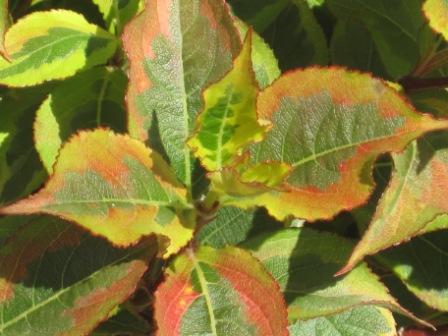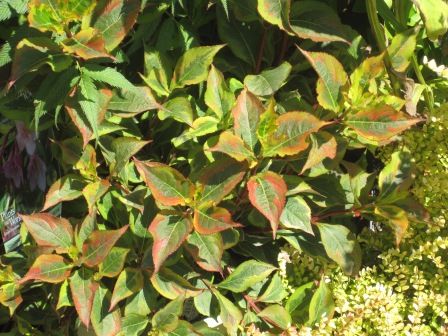I’ve blogged before about the importance of getting tree roots in contact with the landscape soil during transplanting (you can find those posts here, here, here, here, and here). My advice to bareroot woody species upon installation is often ignored in favor of the quick-n-easy methods so often showcased on HGTV (“A complete landscape makeover in a weekend!”). And of course everything looks great…for a while. Let’s see what happens after a few years.
Below are photos of a pine tree, several of which were installed in 2007 at my children’s school (The Bush School in Seattle):


Not only is this pine tree planted too deeply (you can’t see the root flare, so it’s too deep), but the twine and burlap were not removed, leaving the roots encased in clay. Furthermore, we’re not sure how great a root system this tree has since we can’t see it. Even more horrific, the orange nylon twine is beginning to girdle the trunk. What’s been planted is a big ball o’ trouble.
I sent these photos and my concerns to the administration and advised them to have the installers (low bid, of course) redo the planting before the one year warranty expired. My advice was ignored, and here we are three years later:

This particular tree has declined to the point that the foliage is chlorotic and the uppermost needles are dead. It’s symptomatic of a root system that has failed to establish, which is what I predicted would happen. But it’s long past the warranty period, so if this tree is replaced the school will have to pay for it…again. (Though it’s hard to see in this compressed photo, the pine next to this one also has top dieback, and I’ll continue to follow its decline.)
Many professionals, including some of my fellow GPs, disagree with the bare-root approach. But based on this evidence, how could one argue that bare-rooting would not have been preferable to decline and death?



